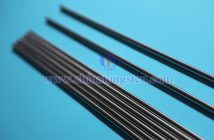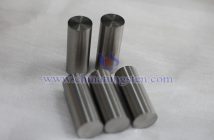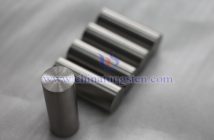Sulfur element, as a typical impurity element in tungsten-nickel-iron alloy (typically introduced via raw materials or mixed in during smelting), exists in low concentrations but significantly affects the alloy’s mechanical properties, corrosion resistance, and processability. This influence is primarily realized through sulfur’s forms of existence (sulfide precipitation, grain boundary segregation) and its interaction with the matrix, exhibiting systematic variations based on sulfur content, precipitate type, and service environment.
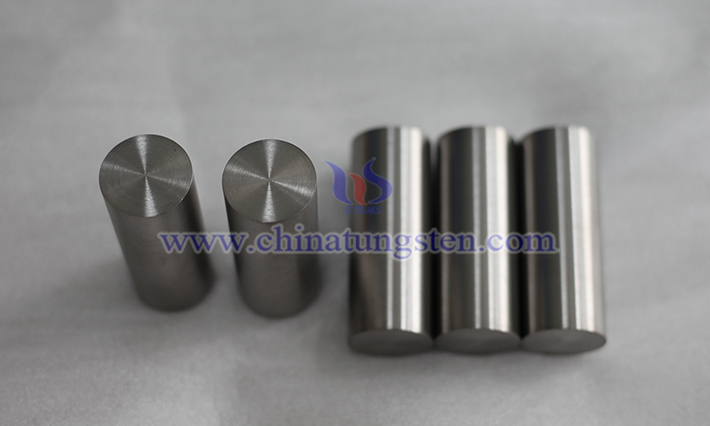
I. Forms and Distribution Characteristics of Sulfur in Tungsten-Nickel-Iron Alloy
Sulfur’s atomic radius is larger than that of nickel and iron, and its affinity with metals is weak, making it difficult to dissolve into the nickel-iron binder phase or tungsten particles. It primarily exists as sulfide inclusions, with minor segregation at grain boundaries or phase interfaces. Main Sulfide Types: Sulfur preferentially combines with iron and nickel to form low-melting-point sulfides, such as FeS and Ni?S?, or composite sulfides. These sulfides, with melting points below the sintering temperature of tungsten-nickel-iron alloy, tend to distribute along grain boundaries or at tungsten particle/binder phase interfaces in liquid form during sintering. Distribution Characteristics: When sulfur content is excessive, sulfides precipitate as irregular blocks or strips, preferentially clustering at the interfaces between tungsten particles and the nickel-iron binder phase (where higher interfacial energy makes them favorable nucleation sites).
II. Mechanisms of Sulfur’s Influence on Alloy Performance
Degradation of Mechanical Properties: Multi-Dimensional Decline Centered on Brittleness
Sulfur’s impact on mechanical properties is characterized by reduced toughness and strength, driven by sulfides acting as "brittle fracture origins" and weakening grain boundaries. Decrease in Impact Toughness: Sulfides have lower fracture toughness than the nickel-iron binder phase, fracturing preferentially under impact loads and initiating crack propagation. Reduction in Tensile Strength and Plasticity: The weak interfacial bonding between sulfides and the matrix leads to "interfacial separation" under tensile stress, forming micro-cracks. Thermal Brittleness Effect on High-Temperature Strength: With melting points (e.g., FeS, Ni?S?) below the alloy’s typical operating temperatures, sulfides soften or melt at high temperatures, reducing grain boundary strength and causing "thermal brittleness."
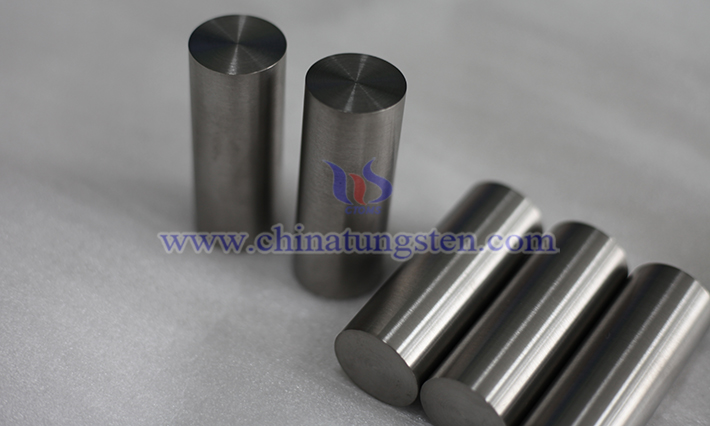
Dual Role in Corrosion Resistance: Micro-Galvanic Corrosion and Passivation Film Damage
Sulfur’s effect on corrosion resistance stems from electrochemical differences with the matrix and disruption of passivation film continuity, consistently showing detrimental effects across various corrosive environments. Micro-Galvanic Corrosion Induced by Sulfides: With a standard electrode potential lower than that of the nickel-iron binder phase and tungsten particles, sulfides act as "anodes" in corrosive media, dissolving preferentially and accelerating corrosion of the surrounding matrix (cathode). Disruption of Passivation Film Integrity: The corrosion resistance of the nickel-iron binder relies on a NiO/FeOOH passivation film; sulfide dissolution releases S2?, which combines with Ni2? and Fe3? to form soluble sulfides, compromising the film’s density. Acceleration of Crevice Corrosion: Sulfides, often located at tungsten/binder interfaces, create micro-crevices upon dissolution, serving as concentration zones for corrosive ions like Cl?, triggering crevice corrosion.
Hindrance to Processability: Cold-Working Cracking and Hot-Working Defects
Sulfur worsens the alloy’s cold and hot workability, increasing forming difficulty and scrap rates. Cracking During Cold Working (e.g., Rolling, Forging): The brittleness of sulfides causes them to fracture during cold deformation, forming micro-cracks; sulfur segregation at grain boundaries reduces grain boundary slip capacity, leading to uneven deformation. Overheating Tendency During Hot Working: The low melting point of sulfides causes local grain boundary melting ("overheating") at hot-working temperatures, resulting in networked cracks during processing.

